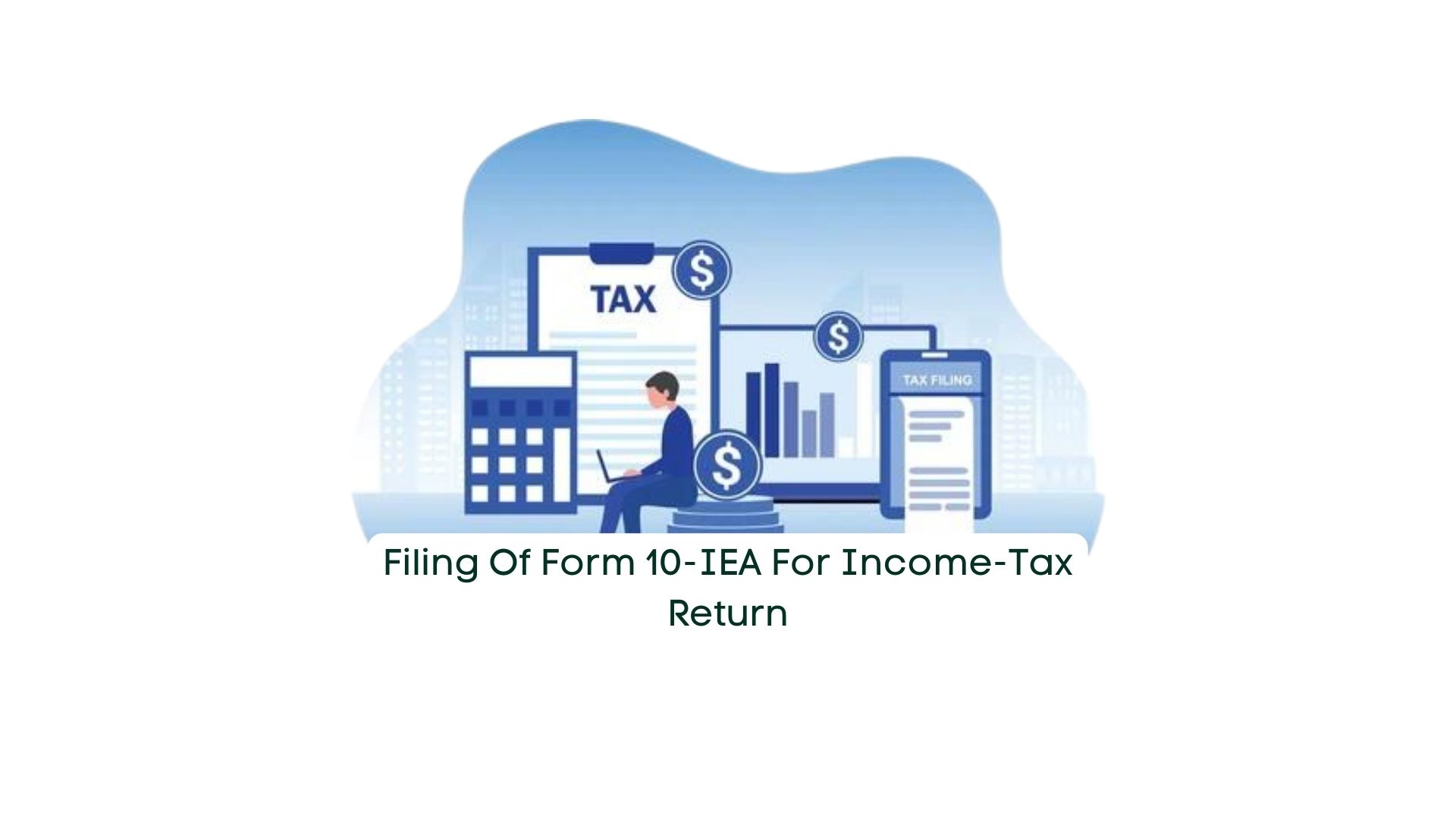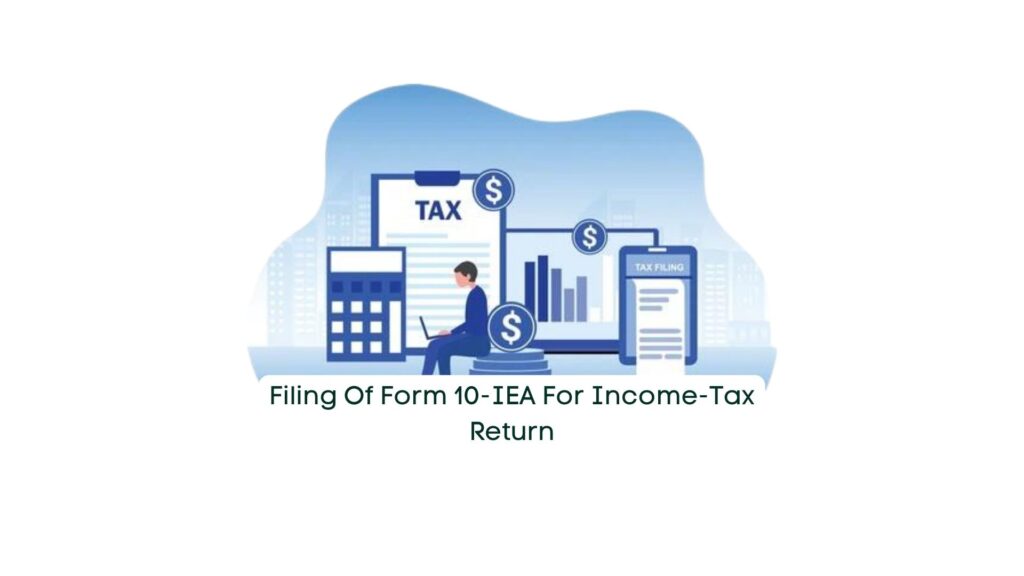
20 Mar Filing of Form 10-IEA for Income-Tax Return

The Income-Tax Department has introduced Form 10-IEA for individuals who wish to switch back to the old tax regime from the new one. Here’s a breakdown of what you need to know about this form and its implications:
- Introduction of New Tax Regime: The new tax regime was initially introduced under the Union Budget 2020. However, it was made the default tax regime by the Budget 2023.
- Default Selection: By default, individuals are placed under the new tax regime unless they choose to opt-out.
- Need for Form 10-IEA: Individuals who want to revert to the old tax regime need to fill out Form 10-IEA. This form requires various details, including PAN, tax status (individual, HUF, etc.), and any tax benefits claimed for the International Financial Services Centre (IFSC). It also asks for the taxpayer's history of switching between tax regimes.
- Deadline: Form 10-IEA must be submitted before the tax filing deadline of July 31, 2024. Failure to do so could result in the taxpayer being unable to switch to the old regime later in the year.
- Implications: Switching back to the old tax regime may be beneficial for individuals who want to claim deductions and exemptions not allowed under the new regime, such as those under Section 80C, Section 80D, and deductions for home loan interest, education, house rent, and LTA.
- Tax Rates: Under the new tax regime, lower-income groups benefit from lower tax rates. However, those earning between Rs 5 lakh and Rs 7.5 lakh may face higher taxes compared to the old regime due to fewer deductions and exemptions.
- Clarity Awaited: There is still ambiguity regarding whether Form 10-IEA is mandatory for all individuals or only for certain categories like businessmen and self-employed individuals. Further clarity on the procedure for opting out of the tax regime is awaited from the Income-Tax Department.
- Professional Income: Taxpayers filing under ITR-4 (for individuals with business or professional income) must submit Form 10-IEA to opt out of the new tax regime.
- Importance of Details: Although providing past details may seem cumbersome, it's crucial for ensuring accurate claims of deductions and exemptions. Self-employed individuals are allowed to switch back to the old tax regime only once in their lifetime.
- Consequences of Non-Compliance: Failing to submit Form 10-IEA before the deadline could result in being unable to file belated tax returns under the old tax regime. This means forfeiting tax exemptions and being considered under the new tax regime automatically.
In summary, Form 10-IEA is a crucial document for individuals wishing to switch back to the old tax regime from the new one. It’s essential to understand its requirements and implications to make informed decisions about tax filing.


No Comments